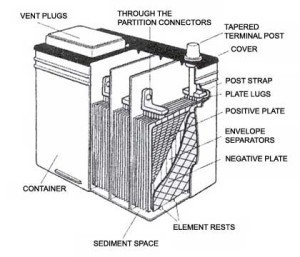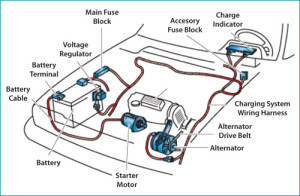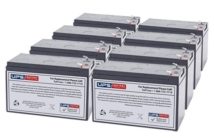An SLI battery is a lead-acid and rechargeable type of battery that is mainly used in automobiles. SLI means starting, lighting, and ignition; these processes are all consuming energy that is supplied by the vehicle’s battery. A vehicle owner should be at least knowledgeable on the basic features, specifications and functionalities of the SLI battery with respect to the overall performance of your vehicle. And so here are the basic tips and information for you to consider when it comes to using the SLI battery.
Basic Parts and Features
A lead-acid battery is made up of the container, copper terminal, safety valve, and vent plugs on the external while positive and negative plates, sulfuric acid, and water on the internal. Batteries from different manufacturers may look different physically but these external parts are always the standard. What’s more interesting to know are the internal parts. As it is a lead-acid battery, the plates are made up of lead and lead dioxide. A chemical reaction occurs when these plates are immersed into the sulfuric acid and water solution, thus producing the DC voltage of 12V or 6V which in turn powers up your vehicle’s SLI system.
Image Source: Motorist Assurance Program Website
In addition to that, there are two types of lead-acid battery that you can buy in the market. One is the flooded-cell type which can be easily distinguished through the removable caps. The other one is the sealed type (also known as Valve Regulated Lead Acid or VRLA). Since it is sealed, this is oftentimes referred to as a maintenance-free type of SLI battery.
SLI Battery in a Vehicle Charging System
The SLI battery is designed for automobiles and therefore it is always installed with the vehicle’s charging system. This means that there is a continuous cycle of charge and discharge in the battery whenever the vehicle is in use. The battery is connected to the alternator which outputs alternating current (AC). This AC is then converted into direct current (DC) via the set of diodes known as the rectifier. The DC voltage is then regulated into a level safe enough to charge the battery. The voltage regulator does this. It is always a good practice to regularly check the battery’s state of charge through the ammeter and warning light on your vehicle’s dashboard.
Image Source: How a Car Works Website
Basic Specifications
It is also of great importance to understand the basic specifications of the SLI battery that you are using in your vehicle. The Nominal Voltage, Self-Discharge Rate and Design Life will tell you the basic performance characteristics. An important specification of an SLI battery is the Nominal Capacity. This refers to the Amp-hours available when the battery is discharged from 100% state of charge to the Cut-Off Voltage or empty state of the battery. Getting to know these specifications will tell you whether this brand of SLI battery is worth it to buy or not.
Related Articles:
Valve Regulated Lead Acid (VRLA) Batteries
Sealed Lead Acid Batteries – The Basics
What Is An Ampere Hour Rating (Amp Hour or Ah) Of A Battery?





